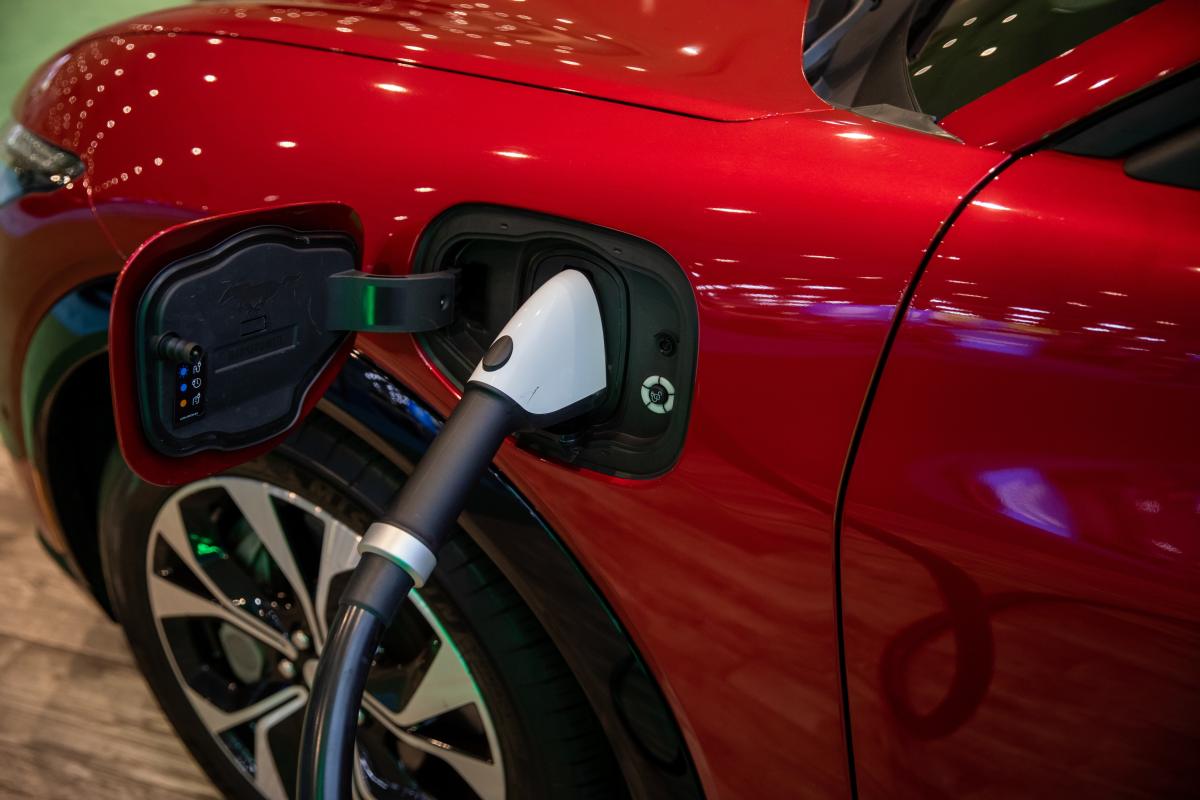Presto is building Stripe for EV charging

Charging an electric vehicle in public can be the best of times or the worst of times.
An EV driver can be charged and back on the road in a smooth 20 minutes, but they might also encounter broken chargers, unresponsive touchscreens, and blocked stalls, all of which can make for a frustrating experience.
It can be a headache for everyday consumers. For fleet or ride share drivers, a broken charger is lost money.
Those frustrations prompted Ashwin Dias and J.J. Raynor to leave their jobs at Uber, where they led efforts to electrify ride share drivers’ vehicles, and start Presto, an app that points fleet drivers to the best chargers.
“Coming from an Uber background, we think there’s a dynamic marketplace where we can help make everything smoother by matching diverse demand with diverse supply,” Raynor said. That might mean nudging price-sensitive drivers to wait 30 minutes for a cheaper charger to open up while guiding time-sensitive drivers to faster and more reliable but pricer stalls.
Presto recently raised a $15 million seed round led by Union Square Ventures, the company exclusively told TechCrunch. The round also included investments from Congruent Ventures, Jetstream, and Powerhouse Ventures.
The team is starting with fleets, in part because they drive so many miles.
“Uber drivers, who drive 40 hours a week, are the ones that need to be in an EV right if we need to electrify quickly and have an impact,” Dias, the startup’s CEO, told TechCrunch.
The duo lobbied Uber to address the issue in the driver app, but realized that it couldn’t truly be solved by one company.
That’s partly because of the proliferation of companies installing and running EV charging stalls.
“Charging is just becoming more and more fragmented in the U.S.,” Raynor said. Last year, nearly 60% of all new DC Fast chargers in the U.S. came from more than 40 different networks. “We went from three or four big players to people we’ve never heard of,” she said.
Both sides of the equation feel the pain of this fragmentation.
Fleets would benefit from connecting directly to charging networks’ software, but charging networks don’t want to support an API for dozens or hundreds of customers. On the flip side, fleets don’t want to have to integrate with a growing number of charging networks.
Presto’s software is something that both sides can connect to. It gives fleets and charging networks one partner to work with and access to more customers — a classic platform play.
“In some senses, we think of ourselves as Stripe, as being a transaction layer for charging,” Dias said.
The startup offers its own app and API, which companies can integrate with; it can also handle payments.
The combination gives Presto a range of data to power its machine learning recommendation engine, telling drivers which chargers they should use and where networks should direct their maintenance crews. For example, let’s say a network reports that a charger is online, but a charge session initiated through Presto fails. Presto can route drivers away from that stall and report the problem to the network.
Rental car companies have been early adopters of Presto’s platform, including Hertz, Avis, and ZipCar, Dias said. Uber drivers also use the app, which alerts them to networks that offer discounted charging.
Other fleets like delivery companies have been adopting the app, Dias said, even if they have chargers at their depots. “Sometimes the chargers at the depot don’t work or there are more vehicles than chargers,” he said.
Presto’s main goal is to drive API integration, though, encouraging fleets to add the startup’s recommendations inside their own apps and dashboards. “I don’t think we want consumers to have yet another app to download,” Dias said.
Raynor said the company has been approached by major automakers, but for now it’s focused on fleets. As someone who has had their share of bad charging experiences, I hope that changes soon.
Source link







